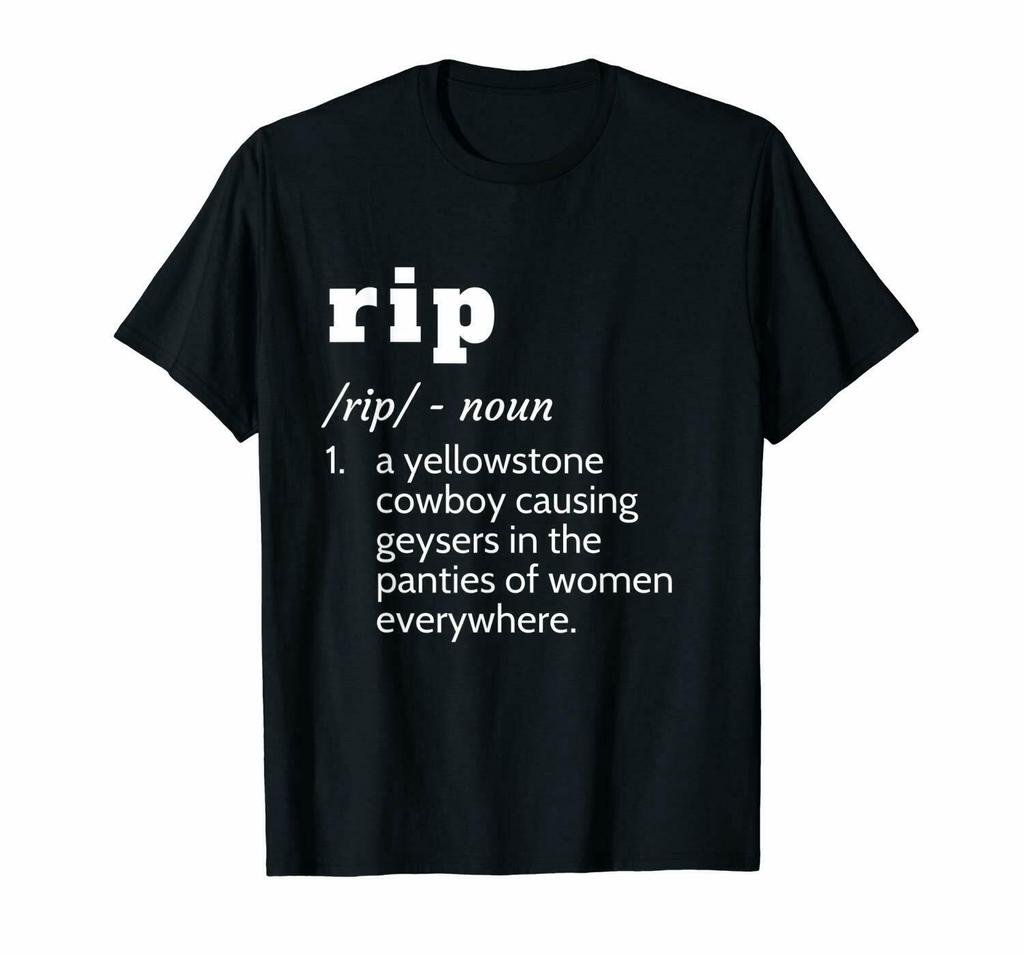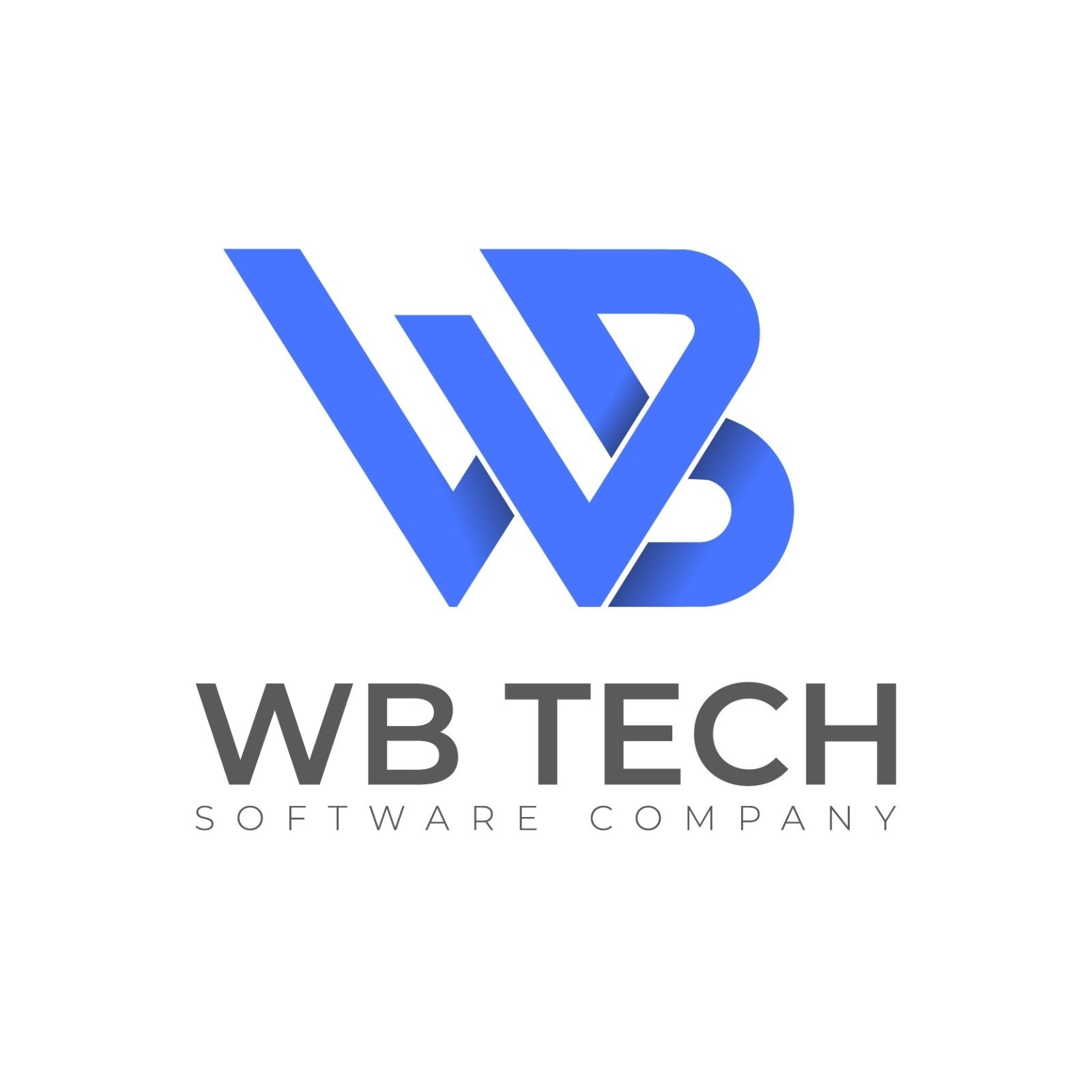The t-shirt printing business has gained massive popularity over the years, offering both creative entrepreneurs and those looking for a side hustle a unique opportunity to combine passion with profit. With the growing demand for custom and personalized apparel, many are considering venturing into the world of t-shirt printing. However, one key question remains: Is a t-shirt printing business in Dallas profitable?
In this article, we’ll explore the profitability of the t-shirt printing business by analyzing its market potential, cost factors, types of printing methods, and how to maximize profits in this growing industry.
Growing Market Demand for Custom T-Shirts
Custom t-shirts have become an integral part of today’s fashion and lifestyle. From promotional apparel for companies and events to personalized designs for individual consumers, t-shirts are not just casual wear anymore – they’re a form of self-expression. Whether for businesses, sports teams, family reunions, or niche online markets, custom t-shirts are in high demand.
According to market research, the custom t-shirt printing market is projected to grow significantly in the coming years. The global custom t-shirt printing market size was valued at $3.9 billion in 2020 and is expected to grow at a compound annual growth rate (CAGR) of 9.7% from 2021 to 2028 . This demonstrates a growing appetite for personalized and unique t-shirts, suggesting that the demand will continue to increase. This growing market provides ample opportunity for entrepreneurs to tap into a profitable venture.
Low Startup Costs
One of the reasons many entrepreneurs are attracted to the t-shirt printing business is its relatively low barrier to entry. Unlike some industries that require substantial capital investment upfront, t-shirt printing can start small, making it ideal for beginners or those with limited funds.
There are several different printing methods, each with varying costs, including:
- Heat Transfer Printing: This method is popular among beginners because it requires minimal equipment. Heat press machines are relatively affordable and easy to operate. With the right materials, you can start producing custom t-shirts quickly.
- Direct-to-Garment (DTG) Printing: While DTG printing provides high-quality designs with no minimum order requirements, it requires a more significant upfront investment in a specialized printer. However, this method is versatile and perfect for detailed and colorful designs.
- Screen Printing: Screen printing is the go-to method for large bulk orders. While the setup cost for screen printing can be higher, it becomes more cost-effective as the volume increases. Screen printing provides long-lasting prints and works best for simple designs with limited colors.
Each of these methods offers different profit margins, but they all allow you to start small and scale up as your business grows. For example, heat transfer printing can be done from home, and an initial investment of a few thousand dollars can be enough to get started.
Flexible Business Models
Another factor that contributes to the profitability of a t-shirt printing business is its flexibility. You can choose from several business models, depending on your skills, resources, and market focus:
- Print-on-Demand (POD): Print-on-demand services allow you to start a business with virtually no upfront inventory costs. When a customer places an order, the product is printed and shipped directly to them. This reduces the risk of overstocking and minimizes storage costs, making it an attractive option for new entrepreneurs. POD platforms such as Printful or Teespring make it easy to design and sell t-shirts with minimal upfront investment.
- In-House Production: If you prefer more control over your products and want higher profit margins, in-house production allows you to create and sell t-shirts directly. While this requires investment in equipment and materials, you can offer faster turnaround times and better-quality control, which can lead to higher customer satisfaction and repeat business.
- Wholesale/Bulk Orders: Catering to businesses, schools, or events that need bulk t-shirts is another profitable avenue. By offering competitive pricing on large orders, you can generate significant revenue from fewer clients. Screen printing is particularly effective for bulk orders, where the cost per shirt decreases as the order size increases.
By selecting a business model that aligns with your resources and target market, you can find profitability faster. Whether you want to operate a small home-based business or scale up to serve a wider audience, there is a model that can help you succeed.
Profit Margins and Pricing Strategy
When it comes to profitability, understanding your pricing strategy and profit margins is crucial. The cost to produce a custom t-shirt can range from $5 to $15, depending on factors like the type of shirt, printing method, and design complexity. However, selling prices typically range from $20 to $50 per shirt, giving you a healthy profit margin.
For example, if you sell a t-shirt for $25 that costs you $10 to produce, you’re making a gross profit of $15 per shirt. With bulk orders, the cost per shirt often decreases, which further increases your margins. A well-optimized pricing strategy will ensure that your business remains competitive while maintaining healthy margins.
Maximizing Profitability
To ensure long-term profitability, here are some strategies to maximize your earnings in the t-shirt printing business:
- Niche Targeting: Rather than trying to appeal to everyone, focusing on a niche market allows you to cater to a specific audience that is passionate about a particular theme or interest. Whether it’s t-shirts for dog lovers, fitness enthusiasts, or local sports teams, niche targeting helps you stand out in a crowded market and charge premium prices.
- Marketing and Branding: Building a strong brand identity and using effective marketing strategies can help differentiate your business from competitors. Leverage social media platforms, such as Instagram and Facebook, to showcase your designs, engage with potential customers, and build a loyal following.
- Quality Control: Providing high-quality t-shirts that look good and last long is key to ensuring customer satisfaction and repeat business. Happy customers are likely to recommend your business to others, which helps grow your brand organically.
- Offer Personalization: Customers love personalized products. Offering customization options, such as adding names, dates, or personal messages to your t-shirts, allows you to charge higher prices and increase customer engagement.
Conclusion
The t-shirt printing business has the potential to be highly profitable, especially with the growing demand for personalized apparel. With relatively low startup costs, flexible business models, and the ability to target specific niches, entrepreneurs can tap into a lucrative market. By focusing on quality, effective marketing, and strategic pricing, the t-shirt printing business can yield substantial profits and provide a rewarding venture for creative entrepreneurs.












Leave a Reply